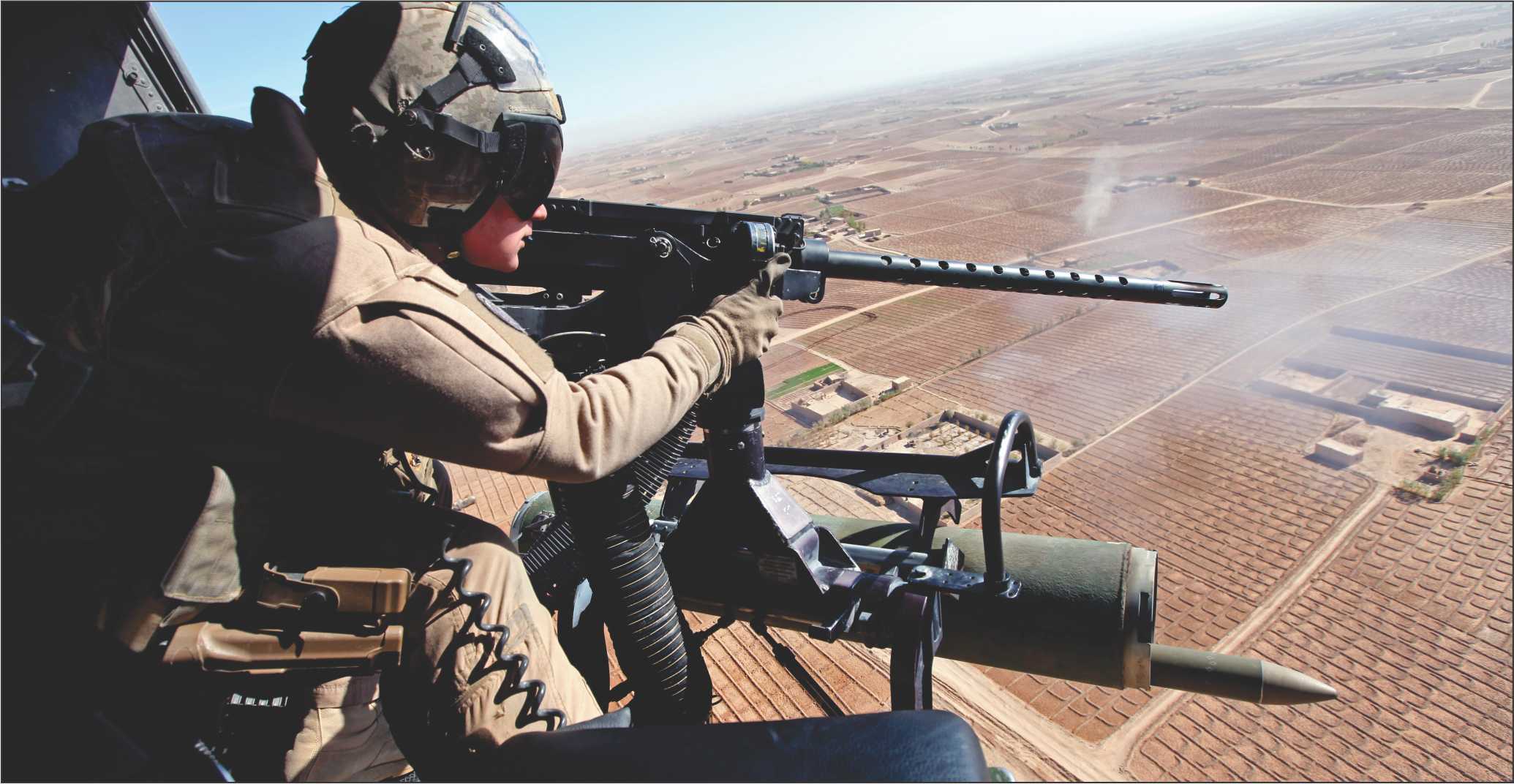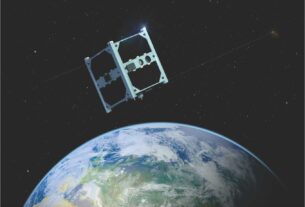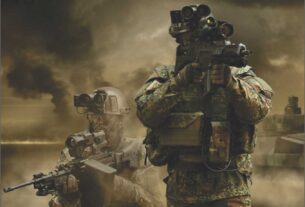The rationale for an Aerospace Command was succinctly articulated by the doyen of strategic thinkers in military uniform, a Vir Chakra recipient, the late Air Commodore Jasjit Singh. He had written in his call for military synergy: A century of air power has progressively shifted the equation where the air forces have provided the central capability in the use of force for political purpose. Advances in technology have made it capable of air dominance both in air-to-air as well as air-to-surface operations at even beyond visual ranges.
Air forces are the most effective means available to the country to apply punitive force calibrated in time, space and effect especially in the context of limited wars we may see against a nuclear backdrop. Differences among components can arise due to even non-parochial professional reasons; and they need patient friendly discussions and exchange of views and mutual accommodation.”
When he wrote this, the Government of India had already established the “Integrated Space Cell” in early 2010 and formally announced its existence in June of that year. It is jointly operated by representatives of the Air Force, Army and Navy along with civilians from the Indian Space Research Organisation and Department of Space. In its present configuration it appears intended to ensure that the “Integrated Space Cell” will achieve a large measure of the very elusive “jointness” that has been a buzzword for several decades.
In the several wars that India has had to fight since the attainment of independence and the accompanying bifurcation, the employment of air power has had patchy results. While the airlift to Srinagar helped stem the Pakistani invasion and push it back, close air support to expedite the rollback of the Pakistanis was practically non-existent.
In the 1962 war with China, air power was conspicuous by its absence even though the Indian Air Force would have been in its element by the ability to negotiate the Himalayan heights to get at the advancing enemy. In the 1965 war with Pakistan, the Army was dissatisfied by the close air support that the ground forces felt should have been more numerous and delivered on demand. Yet it cannot be denied that in 1971 war the four-aircraft strike at the Governor’s House in Dhaka while a Pakistani cabinet meeting was underway helped to expedite the surrender on Indian terms.
During the air operations in Kargil in 1999, the Army visibly showed its unhappiness over the conduct of operation “Safed Sagar”. To observers it did appear strange that the IAF had clearly not planned for air warfare in the Himalayas because it was taken by surprise when one aircraft was brought down by the US-supplied shoulder-fired surface-to-air Stinger missile followed soon by the downing of a Mi-17 helicopter. This induced hesitation and bomb-release from a greater height to allow the aircraft to make its dive and pull away quickly resulting in inaccurate bombing, much to the consternation of the Army which needed the entrenched Pakistani troops to be softened up and to facilitate our own troops to climb the steep heights and engage in hand to hand combat. The absence of flare and chaff dispensers was pinpointed in news reports as a glaring failure of the Tactical Air Combat Development Establishment (TACDE) based in Jamnagar, Gujarat.
Jointmanship
All this is intended to highlight the fact that irrespective of who owns the medium of operations-the Army on land, the Navy on sea and the IAF in the air-the tri-Service Commands that India has been experimenting with in preparation for an appropriate military architecture will adequately fulfill the role of close air support as and when required by the Army and the Navy and the new emerging dangers in the aerospace domain.
It is with this requirement in mind that the Army has insisted on and obtained control of helicopters in the air observation post role as well as in vertical envelopment operations and the Navy earlier obtained control of the maritime strike Super Constellations for long-range reconnaissance and strike operations-much to the chagrin of the IAF.
Since 1971 there has been a strident demand for greater “jointmanship” and “synergy” among the armed forces. The Army and Indian Air Force have been conducting air-land battle simulations to be better able to provide close air support for rapid ground operations. The IAF has acquired the Hercules C-130J for long-range vertical envelopment operations by Special Forces and also the C-17 Globemaster for heavy lift requirements.
Yet the structure of the joint command architecture has remained a work in progress. The first and only tri-Service Command remains confined to the Andaman and Nicobar Island Command where all three Services with their respective assets have been positioned at appropriate places on this group of islands to ensure internal security against pirates and poachers and anti-national elements and at the same time being available to sanitize the Malacca Straits and the sea route from southern Indonesia. It is commanded by representatives of the three Services on a rotational basis. It is headed by a three-star (Major-General and equivalent) officer designed as Commander-in-Chief, Andaman and Nicobar.
As far as the “Integrated Space Cell” is concerned while the three Services operate jointly from a fixed location there is little to show whether the rationale for its existence is anywhere near fruition. The basic requirement of such powerful institutions is to ensure that the nation can achieve its national objectives with the minimum of effort. The effort being, in the final analysis, to destroy the target in the very first strike. Given the density of air defence systems, the threat of use of nuclear weapons on our periphery, the luxury of a second visitation is non-existent.
Emerging threats
This is in the terrestrial domain on earth. The emerging threats in the aerospace domain within the atmosphere and in outer space include anti-satellite missiles and weapons in space even as network centricity of which satellites are central would be the first target.
It is in the defence of this domain that the need for an aerospace command has been enunciated. How exactly ten men in different uniforms within what is presented as an “integrated” unit contribute to this national goal is very moot. It does sate egos and demands for turf and career prospects but as Kargil has shown a lot of more different things need to be done to be able to achieve the basic requirements of a limited war in the shadow of the nuclear overhang-precise and swift action.
The whole rationale of the Kargil Review Committee and the subsequent Group of Ministers’ endorsement was the inculcation of methodologies for swift, precise, coordinated action in any future battlefield.
Of particular interest in this context, is the late Air Commodore Jasjit Singh’s comment on the issue of discipline within the chain of command. He suggested that the possibilities of intra-service coordination are better within the lower echelons of the armed forces and tends to dissipate as seniority and responsibilities increase.
The top brass tends to become Service-centric in their loyalties. He has pointed out that the American practice of inculcating jointness is through Professional Military Education as different from the trades and skills that are normal to all military establishments. In essence it sounds like lessons in how to get along with one’s peers in other services. It is never too late to start.





